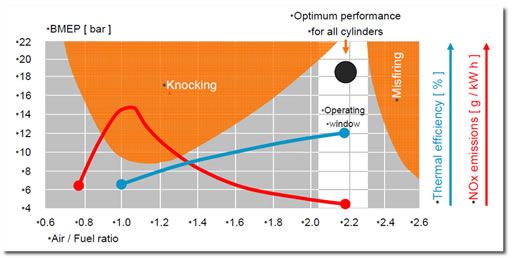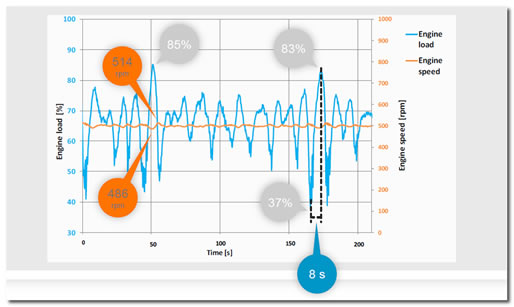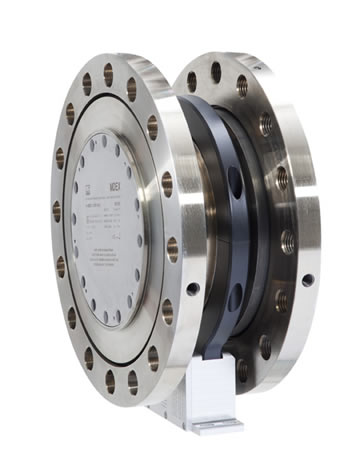Advantages Of Using A Torque Flange
Installation of a torque flange, i.e. a specially optimized shaft section or adapter into the drive train is an elegant way of directly measuring the torque transmitted to the compressor. This method means that the measurement system is an integral part of the measuring body and thus of the shaft section; both components can only be calibrated together.
The torque flange is designed such that it can reliably transmit the maximum torque while at the same time offering high sensitivity. The manufacturer uses a torque calibration machine to calibrate and accordingly certify the torque flange for the required torque.
Its design allows easy installation in and removal from both the drive train and a calibration machine. The measurement signal is transmitted from the torque flange rotating with the input shaft to an evaluation unit using a telemetry system; the transducer is fed in the same way vice versa.
Using a torque flange provides further advantages in addition to direct and very precise measurement of the torque transmitted to the compressor:
- Very short signal propagation delay: allows very fast control to be implemented
- Wide bandwidth of the dynamic torque signal (up to 6 kHz): enables dynamic effects on the engine or shaft train to be examined
- No bearings, no brush contacts, no slip rings, no batteries: completely maintenance free
- Very long service life, MTBF of over 20 years: the service life of the torque flange corresponds to that of the system
- Optimized and ATEX-certified for the respective application: no further design and certification effort required.
Torque flanges have primarily been used in automotive power test stands over the past decades. Rising energy costs, ever more stringent regulations for emission values and related developments in drive technology have resulted in this technology having been adopted in other industries, for example, in the oil and gas as well as in the marine industry. High operating costs in applications in these fields have also led to torque flanges' increasingly being used for control tasks in addition to their classical field of application in power test stands.


